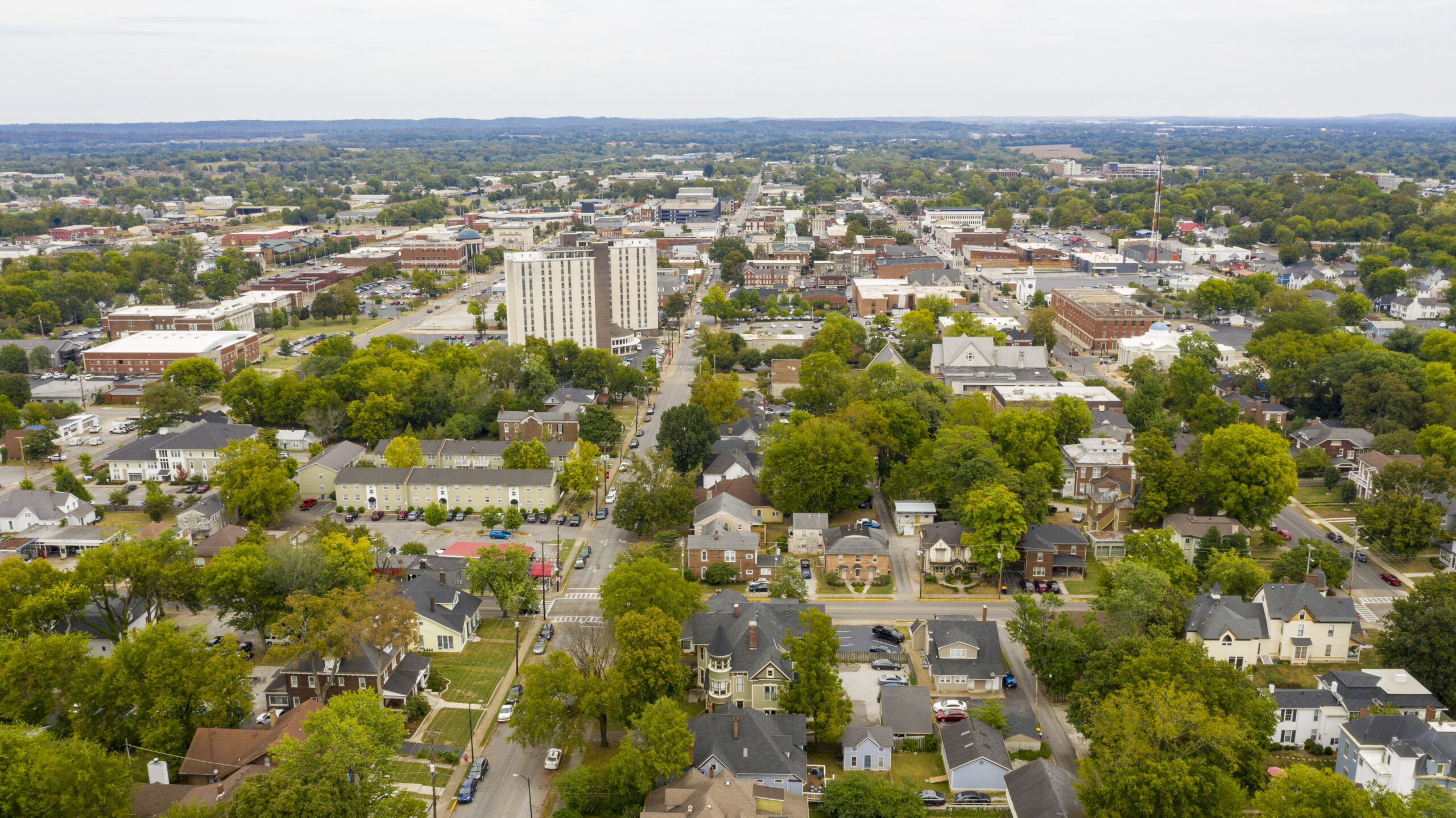

School BUSRide spoke with Elisa Hanley, branch manager with the Kentucky Department of Education (KDE), about the most pressing issues in her state; how the Kentucky Department of Education responded to 2020’s challenges, and her thoughts regarding the best path forward.
What are the most pressing issues facing student transportation in Kentucky?
The number one issue is the lack of drivers. Not only are we short drivers from before the pandemic, but now we are really short. Transportation departments are stretched to their limits and going back to school full time is going to be hard. They are working diligently and double, triple routing. A/B schedules have helped. Virtual has helped, but when everybody goes back, it is going to be really, really hard for them.
Second is seating capacity due to COVID-19 restrictions. They are doing the best that they can with social distancing. They are working with their local health departments for guidance and every day the question comes in. Have they changed the restrictions for social distancing on the bus? We just tell them to work with their local health department, because every district is different in regard to their current situation.
How are you working to alleviate those issues?
One way is getting the word out that the school districts are short and how short they are. I have told the districts to put it out everywhere that they need drivers. We have flyers and business cards that they can use to let people know that they are hiring, putting it in the local gas stations, in the grocery stores, sending them home to parents, because if the community does not step up, the kids cannot get to school. So really rallying around the community and letting them know that they need help.
Also, with the COVID-19 shots being available to all school staff in Kentucky, drivers are less reluctant to come back, and they are feeling more hopeful. There are still drivers that just are not comfortable, so they are not coming back. They are ready to retire. And we do have districts that are reaching out to those who retired prior to, trying to get them to come back.
How did your state respond to the challenges associated with COVID-19?
Immediately we opened up and kept the lines of communication open and moving. If they asked questions, we work through the health department and the COVID-19 team here at KDE. KDE created an email for all COVID-19 related questions. We held weekly meetings to answer questions. Even if we did not have answers, we held weekly meetings with all the directors to find out what their issues were. Then we put out general guidelines and continued to communicate any changes. For transportation there has not been a whole lot of changes, which is good in the aspect of they know what they need to do.
At first, it was hard. It was hard for us to tell them and it was hard for them to figure out how to implement it. Hand sanitizer on the school bus was a big deal because we did not allow it prior to. Making the decision to allow it was a big step for us because the amount of alcohol content that the CDC and our health department require on a school bus, especially in the middle of summer. We instituted policies and procedures for that and as transportation always does, they worked through the challenges and they made it happen and continue to make it happen.
Now with the shortage, we have superintendents driving, teachers driving, all office staff driving to get these kids back and forth. We just persevered, and it was hard at first, even now here at the state level, we are not allowed to travel, but we still make it happen through Microsoft Teams.
How have the individual districts dealt with the disruptions?
Amazing. Not one of the districts wanted to do anything that would hurt their staff or their kids. Some districts got really hit hard with their drivers contracting COVID. Many have returned but unfortunately, there are those who cannot come back because they are on oxygen. When it started hitting the communities and they saw the toll that it was taking, they understood, and they did an amazing job. Unfortunately, we have lost bus drivers in Kentucky and that hits home how real it is and the dangerous situation that they are put in. And we know it, but it showed the community as well. But like I said, transportation always shows up and always gets it done.
Even in some districts, I heard recently that their drivers showed up every single day to get these kids to school, to feed them. Instead of transporting kids, they went into transporting food mode to make sure that the kids in their communities were fed. And just to watch all that come together was amazing as well.
The biggest thing is just the amazing job that our drivers and our local directors have done to navigate COVID-19. Even the athletic trips, feeding, taking supplies to students, Wi-Fi, just a little bit of everything. Anything that the community needed, they stepped up to take care of it. I think it would be remiss not to call out to the local school districts for the job well done, because at the state level, we just gave guidance to the boots on the ground. They implemented it and they made it happen.
Industry-wide what do you think are some of the gaps that can be filled?
There are two things. The first one is Entry-Level Driver Training (ELDT). It is coming. We have had our curriculum updated. We are working with the state police, with the Federal Motor Carrier Safety Administration (FMCSA) here locally to prepare. This summer we are going to be preparing our districts to implement and keep in compliance. That is going to be a big change for them because it will no longer be local with KDE doing inspections, now it will be federally reported. The importance of that is going to be huge.
The second thing is illegal passing. There is a bill right now in the Senate to allow cameras and civil fines which will hopefully make it easier to prosecute illegal passing. We already allow cameras on buses, but this opens the doorway on putting things in place locally.
What are the top priorities for the state going into 2021?
Coming back from all of this, I think that the biggest thing is showing the professionalism and what our drivers have brought to the community. Without them there would not have been the delivery of food or pupil transportation, so really highlighting what being a bus driver is and does and helping these school districts bring people in to transport these students. They are so short. We recently did a survey of 45 districts, 43 were short drivers. That is full-time, part-time and subs, totaling close to 400 drivers short. That just shows the magnitude of how short we are. So we need our community to step up. And that is going to be the highlight of getting back to even pre-pandemic. So getting the staffing that is needed and doing outreach for that.


